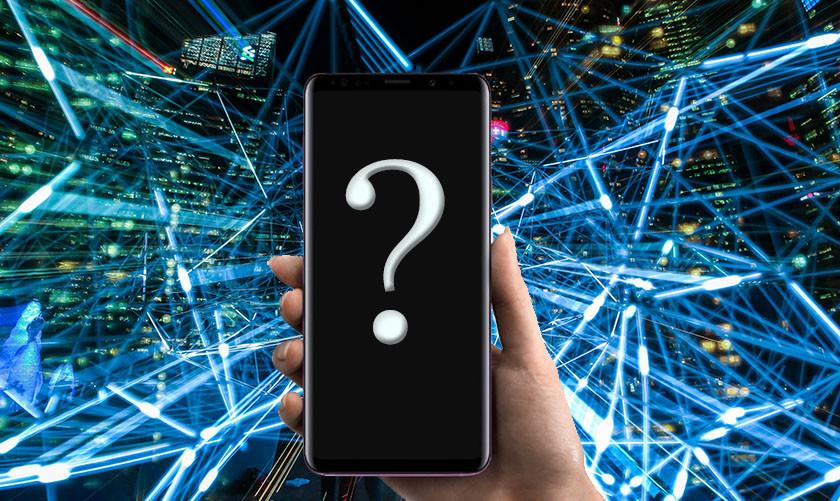Depending on the power consumption, this non-rechargeable battery can be used for a long time.
The phone battery can be used continuously for 9 years without recharging, a battery can operate an electric vehicle for 100 years, and the battery module provides continuous power to the pacemaker for 28,000 years.
These surreal claims were recently made by an energy company called NDB in California.
The key to this incredible battery is to use this extremely polluting waste, with radiant energy that has been around for thousands of years. Large quantities of it are generated at nuclear power plants every year, and safe disposal (landfill and packaging) is a problem.
The NDB says it can extract carbon-14 from graphite nuclear waste and inject it into diamonds. When nuclear waste breaks down, it interacts with carbon to generate a small electric current.
Depending on the power consumption, this non-rechargeable battery can be used for a long time. It is used to power conventional mobile devices, medical products, satellites … and can power remote areas.
However, the company did not prototype the product, but only made a conceptual model. “Imagine a world where you don’t need to be recharged in a day,” said Neel Naicker, NDB chief strategy officer. What if the battery could provide power for decades? “.
Without a doubt, this idea is intriguing. It is written on the NDB official website that by 2040, let’s reshape electricity and create a planet that does not use fossil fuels.
The basic principles of this concept are not really new. The use of radioisotopes as an energy source is already well known in specialized devices, such as modern nuclear submarines, aircraft carriers and even Mars probes. can generate electricity without safety concerns.
However, the NDB’s use of nuclear waste to generate electricity still raises cautious suspicions in the science and technology community.
According to official information, the proof of concept for the NDB diamond battery is being led by Sir Michael Pepper, a physicist at the University of Cambridge, Newton medalist at the Institute of Physics in 2019 and father of substance. Semiconductor.
In the process, the battery (patented by NDB) achieved a breakthrough at 40% charge. The core technology is the result of its proprietary nano diamond surface treatment, which can effectively extract the charge from the diamond.
This is not the first time that diamond-coated nuclear waste batteries have been proposed and have sparked much controversy.
In 2016, a team of researchers from the University of Bristol in the United Kingdom announced that they had developed an artificial diamond capable of generating a small electric current when placed in a radioactive field. This technology has been developed to solve a number of problems. Nuclear waste issues, clean electricity generation and battery life.
The team at the time presented a prototype diamond battery using nickel-63 as a source of radiation. They then dramatically improved their efficiency through the use of carbon-14, a type of radioactive carbon, produced in graphite blocks from nuclear power plants.
Research by the University of Bristol has shown that radioactive carbon-14 is concentrated on the surface of these blocks, so it is possible to process them to remove most of the radioactive material.
Then, the extracted carbon 14 is locked in diamond as a nuclear waste cell. The United Kingdom currently has around 95,000 tonnes of graphite. By extracting carbon-14 from them, its radioactivity is reduced, which reduces the costs and costs of safely storing this nuclear waste.
But some people fear that even if this type of nuclear waste battery becomes a reality, it could cause more dispersed or dangerous nuclear pollution, and eventually it will survive in our homes and lives. ; but some argue that nuclear waste recycled into batteries is absolutely unreliable, one of the main problems is that it cannot prevent nuclear decay of C-14.
As a result, the battery will generate electricity and continue to heat, so an active cooling device is required. The battery can never power cellphones or electric cars because it cannot be completely turned off and can only limit the output power to milliwatts.
Those who have seen Marvel movies should be in awe of the “Ark Reactor” on Iron Man’s chest. A small module that can provide enough energy and even provide offensive energy to robots. As for this similar “diamond battery”, whether it can be used in practice or simply stopped at a dummy level is something that takes time to respond.
ICT News


